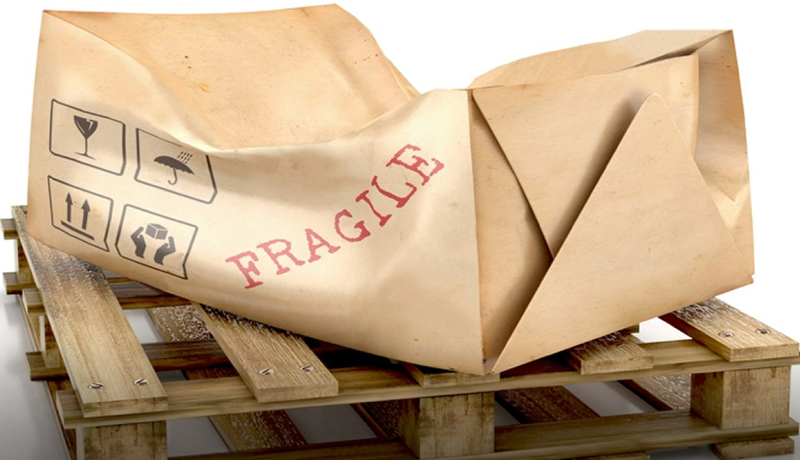
Efficiency, leanness, cost-cutting. These are all mantras of businesses in today’s highly competitive markets. When it comes to packing shipments, these terms carry even more weight—especially when it comes to dimensional (DIM) weight rating.
With parcel and LTL carriers straining to keep up with the crunch of the peak shipping season, it is even more important than ever for shippers to pack efficiently—especially as customers buy more big and bulky, or heavy-goods items, online.
According to a report in DC Velocity, the heavy-goods delivery market is currently a $13 billion business, with 33% of that revenue being done online. Expectations are for it to hit $16 billion, with 38% of that revenue from online sales.
Be it pallets, containers, or cartons, shippers can take advantage of cartonization algorithms that can make shipping everything from an ink cartridge to a piano more efficient and cost-effective.
Carriers use DIM weight rating to determine shipping costs based on weight, distance, and carton size, instead of just weight and distance. DIM weight is figured by multiplying the carton’s length, width, and height, and then dividing that result by a special number, called a “dimensional weight divisor,” “DIM divisor,” or “DIM factor.” And we have seen the divisor drop steadily over the past few years. Each time carriers reduce the divisor, poorly packed cartons are more likely to yield a higher dimensional weight than being billed for the actual weight, adding costs for what amounts to shipping air.
However, as shippers send more packages more often, many still struggle with packing for profits, which is a multi-part process.
As we have discussed in a previous blog, one of the key steps in saving on shipping costs from unexpected DIM fees, is making sure you pick the right size carton for the job. Go too big, and you risk fees, damage, and unhappy customers. If you select a box that’s too small, you may pay for too many minimum package charges in a shipment.
Palletization power
However, it goes even further than items in cartons. There is also the issue of how cartons are consolidated onto a pallet as a larger freight shipment.
Effective palletization can sharply reduce shipping costs, while at the same time reducing time and labor costs of setup. This allows for a smoother transition into containerization to allow the carriage of the goods by ship, rail, air, and trucks while eliminating the need for intermediate reloading. As you know, time is money.
Considering containerization
Effective palletization also leads to more efficient loading on containers, which is extremely important for the increased volume of shipping seen in every industry from retail to manufacturing.
You can load approximately 10 standard pallets on one tier in a 20-foot container, depending on how they are arranged, and about 21 pallets in one tier in a 40-foot container. Effectively packing cartons and pallets enables shippers to get more product for less cost from warehouse to last-mile local delivery regardless of the carrier, which is vital in an increasingly more global, multi-carrier shipping environment.
Although larger shippers are better able to negotiate higher DIM factors based on their volume, most shippers, especially eMerchants, can no longer afford to ignore how they pack.
Here are six tips for packing your shipments to save time and money:
1. Pack each carton precisely:
Make sure to use the correct size cartons—not too big or too small—that are full, with no air in them.
Be sure to tape the cartons well to avoid loss.
2. Stack boxes together, carefully, and evenly on your pallet:
Staggered or aligned boxes are preferred.
Stack heavy to light, with heavier cartons on the bottom.
Make sure cartons aren’t misaligned or hang over the pallet, or you’ll wind up with cartons that are damaged.
3. Distribute weight evenly inside each carton and each carton on the pallet to keep them from shifting or tipping over.
4. Place flat, empty cardboard every few rows to solidify boxes.
5. Shrink wrap properly:
Don’t be shy with your shrink wrap: don’t stop with once around. Three to five times will help keep your cartons safe.
Use quality shrink wrap.
6. Use advanced cartonization algorithms, such as Transtream’s Opdimizer, to help take the guesswork out of your packing, palletization, and container loading.
Learn more about the power of profitable packing and Transtream’s cartonization functionality in this short video.
